Attracting international financial institutions
According to the project to adjust the general planning of Ho Chi Minh City to 2040, with a vision to 2060, which was presented for comments at the conference, the orientation of Ho Chi Minh City is to build traffic axes from the city connecting with major urban areas in the region; Forming industrial - urban - service belts along the belt roads 3 and 4.
In addition, the city will build Can Gio international transit port and focus on expanding and upgrading Tan Son Nhat international airport. Attract investment, strongly develop concentrated information technology zones, and at the same time build and upgrade national performing arts facilities to meet the requirements of organizing national and international art events. Form and develop a national center to support innovative startups.
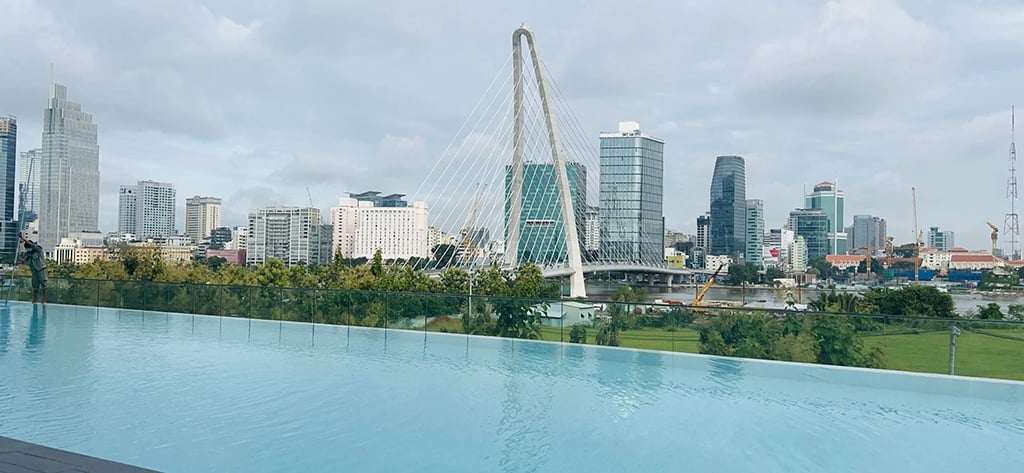
Ho Chi Minh City aims to develop on par with major cities in the world.
Regarding roads, the southern dynamic axis will be extended parallel to National Highway 50 and connected to the coastal road in Tien Giang according to the national road network planning. Add a route connecting to Long Thanh airport from the center of Ho Chi Minh City via Phu My 2 bridge. Add a connection to the east with Dong Nai (DT777 road) to National Highway 20 to reduce the load on National Highway 1 and Long Thanh - Dau Giay expressway. Connect the coastal road from Go Cong (Tien Giang) through the Soai Rap estuary to Can Gio and extend to Ben Luc - Long Thanh expressway (Dong Nai) via the entrance to Phuoc An port to support the planned seaport clusters in Can Gio.
In parallel, the Ho Chi Minh City - Can Tho railway will be connected with Ho Chi Minh City - Nha Trang via the elevated section along Nguyen Van Linh Street, Hanoi Highway - Ring Road 2. Also according to the project, in the future, the Hoa Hung - Binh Trieu - An Binh section will be converted into an urban railway.
Mr. Tran Ngoc Chinh, Chairman of Vietnam Urban Planning and Development Association
According to the leader of the Department of Planning and Investment of Ho Chi Minh City, ports in Southeast Asia account for 30% of the transit volume and demand will continue to increase. Meanwhile, Vietnam has a strategic location, favorable for consumer production and maritime transport, and is the logistics gateway of the region. Therefore, Ho Chi Minh City needs to be exploited as an export center of the country and the region. From there, the project aims to promote the role of an international maritime center, serving the Southeast Asian mainland region; implementing national planning, expanding Ho Chi Minh City ports through providing infrastructure. Combining multimodal logistics, connecting highways and railways to Cambodia and Thailand.
Regarding urban development, the project organizes Ho Chi Minh City into 5 urban regions with main centers in the central area of the city. The five urban regions include: Saigon - Cho Lon region; Truong Tho - Rach Chiec; Phu My Hung (expansion); Tan Kien; Northeast Hoc Mon - Southwest Cu Chi area. Each region is oriented according to its main characteristics but all are multifunctional regions that can meet the needs of high-quality jobs and living environments on-site for a large part of the population and perform the role of regional, national and international centers, associated with the urban infrastructure framework and the urban development model with public transport as the center (TOD).
Ho Chi Minh City needs to be planned as a regional economic center, an investment attraction center, a startup center, a science and technology center and a key tourist destination of the region. Ho Chi Minh City aims to develop on par with major cities in the world, becoming an economic, financial and service center of Asia, an attractive global destination. Ho Chi Minh City is oriented to be the nucleus of the Southeast region, the growth pole of the whole country, a place to attract international financial institutions and economic groups.
Diversified and convergent development
Mr. Tran Ngoc Chinh, Chairman of the Vietnam Urban Planning and Development Association, stated that Ho Chi Minh City plays a very important role in the Southeast region because this is the driving force for development. Therefore, it is necessary to clarify the global position of Ho Chi Minh City in the development process. The project to adjust the general planning of Ho Chi Minh City to 2040, with a vision to 2060, identifies that the city needs to be planned as an economic center of the region, an investment attraction center, a startup center, a center of science and technology and a key tourist destination of the region.
According to this expert, there are 9 main planning content groups that need to be adjusted. First, the development model of Ho Chi Minh City is aimed at being multi-polar, multi-centered, organized into attractive living and working basins. From the central urban area, develop in 4 directions. Develop urban areas with identity, taking green landscape space and water as the center, while promoting the value of historical urban areas. Adjust large-scale single-function areas into multi-function complexes to increase feasibility, quality and value, forming key development areas.
Regarding transportation, according to Mr. Chinh, it is necessary to strengthen inter-regional traffic connections, supplement large-scale public transportation - TOD as well as maximize the ability to connect secondary and tertiary traffic networks. The issue of expanding existing roads, choosing to replace them with new open routes passing through areas with lower clearance value and higher ability to redevelop both sides of the road, and resettle on-site. Planners and managers also need to pay attention to the issue of climate change in spatial organization and recommend adjusting the detailed design of some functional areas in areas that play a role in supporting flood drainage to ensure drainage support and ecological connectivity.
"The development orientation is a multi-centered city with diverse ecological spaces, converging urban development resources by the Saigon River and 9 development axes, while spreading economic opportunities along two belts and the maritime economic corridor...", Mr. Chinh suggested.
Speaking at the conference, Chairman of the Ho Chi Minh City People's Committee Phan Van Mai affirmed that the general planning of the city is very important, not only for Ho Chi Minh City but also for the whole region and the development of the whole country. Therefore, it is necessary to do it urgently but also need to ensure strictness, seriousness, science and high feasibility. Recently, the city has issued a mid-term planning (socio-economic planning) and a general planning of the city. These two plans are going hand in hand, both have disadvantages but also advantages, which is that they can be shared with each other during the completion process. At the same time, the Ministry of Planning and Investment has just released the final minutes of the Southeast regional planning. Therefore, there must be synchronization between these plans and dynamism and openness in regional linkages.
Mr. Phan Van Mai hopes that experts, departments, branches of the city and especially the consulting team will help the city clearly determine "how far to move - how far to open" to have development space, create new development momentum, but it must also be feasible in the planning period to avoid confusion in organization and implementation later.
The city will continue to research to apply the highest possible level in the process of building, completing and implementing the upcoming planning. The consulting unit and the Department of Planning and Investment will determine the theme and determine the time of organization right after the New Year. How to have a complete harvest on January 10-15, 2024 to report to the Ho Chi Minh City Party Committee and Ho Chi Minh City People's Council on January 20. Then complete the dossier to submit to the competent authority.
Chairman of Ho Chi Minh City People's Committee Phan Van Mai
Source link








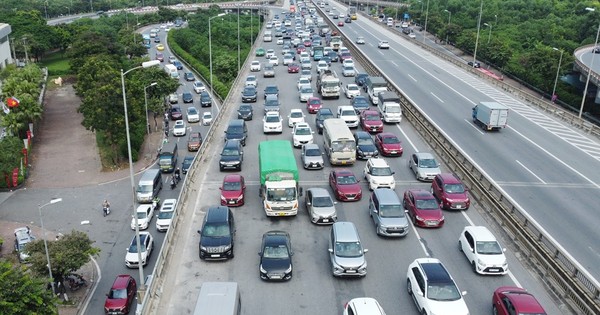

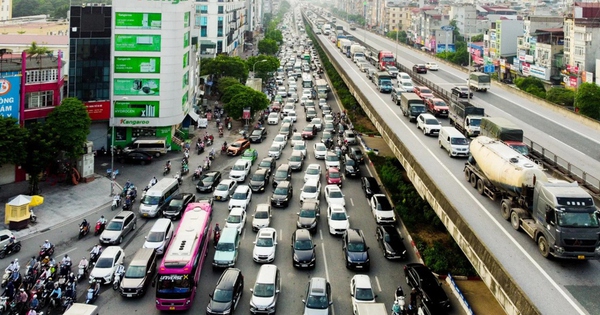

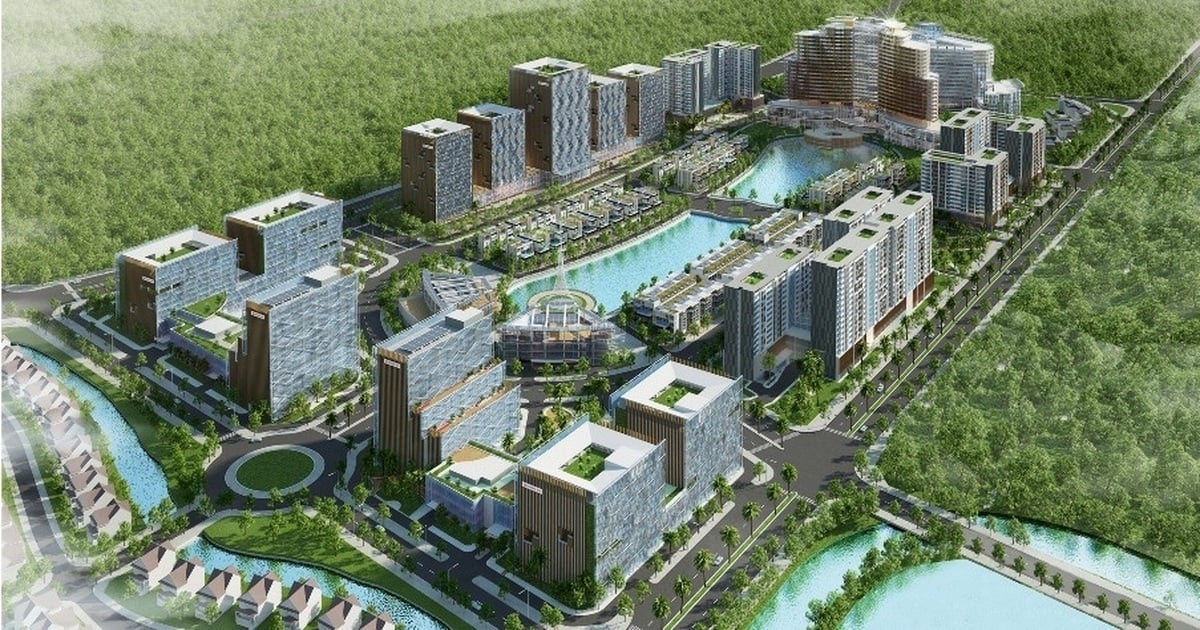

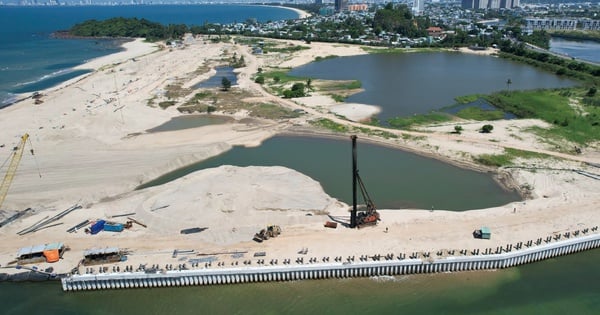

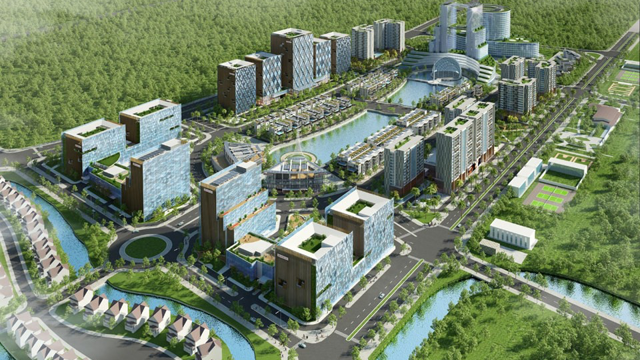

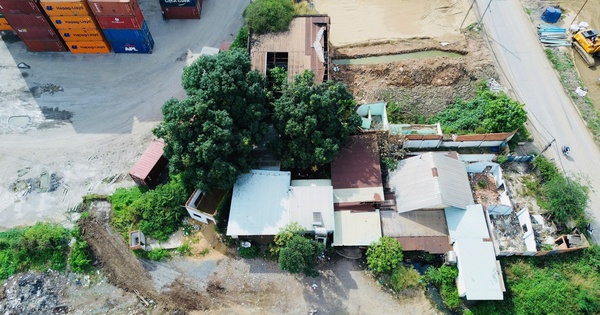



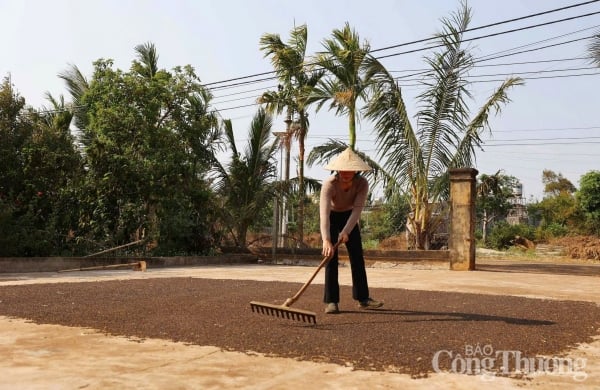
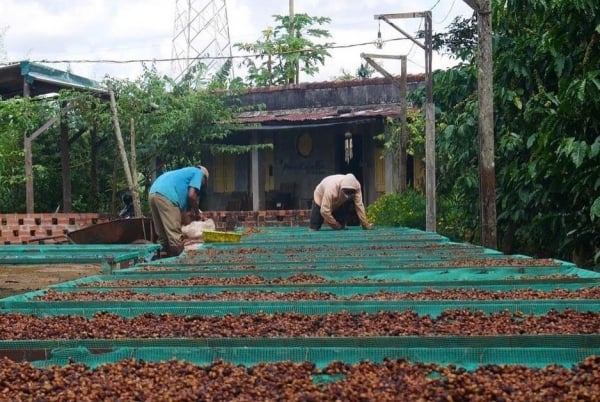
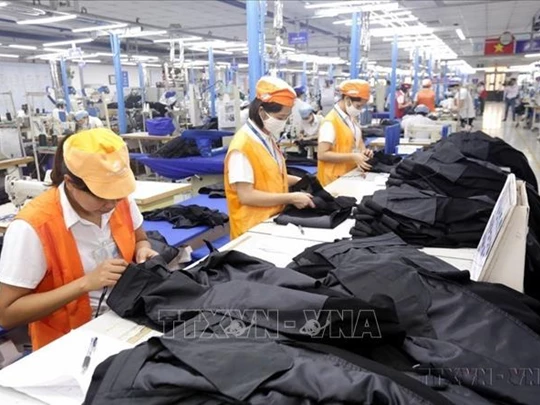



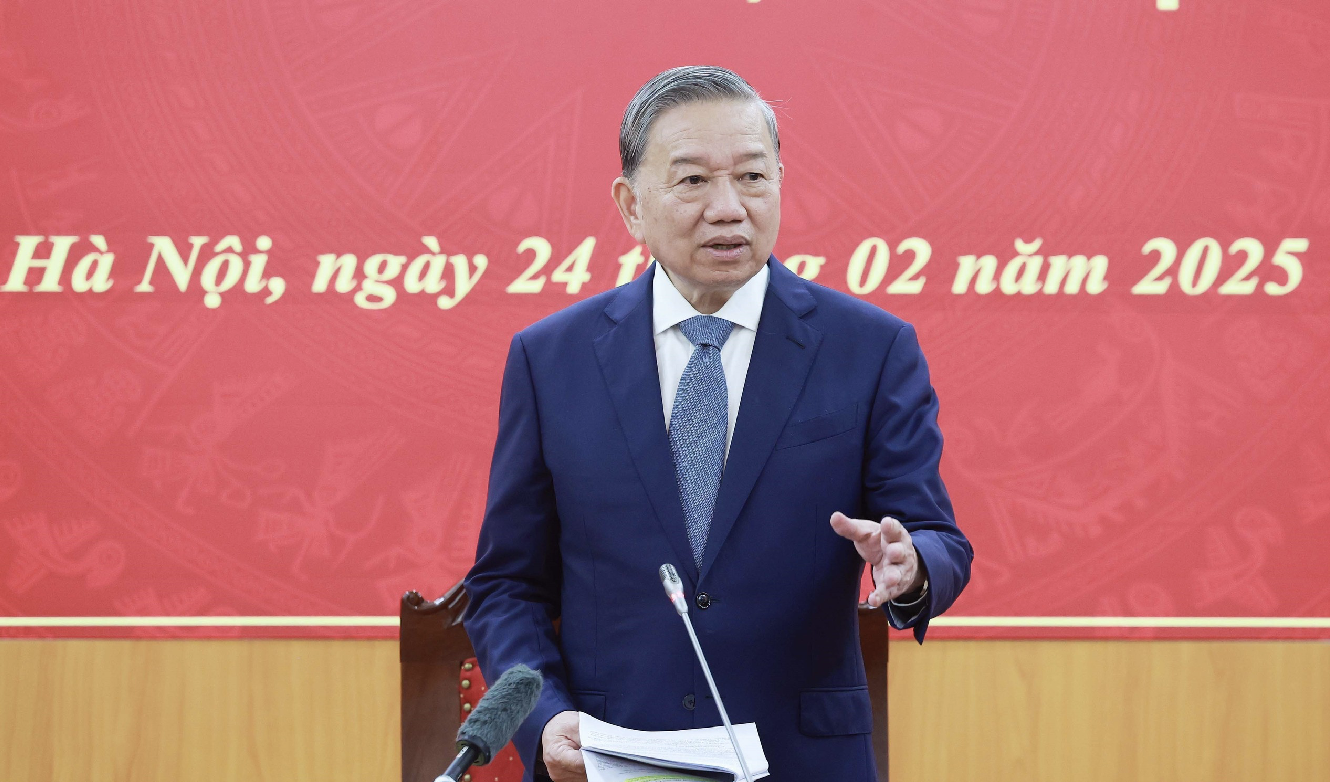


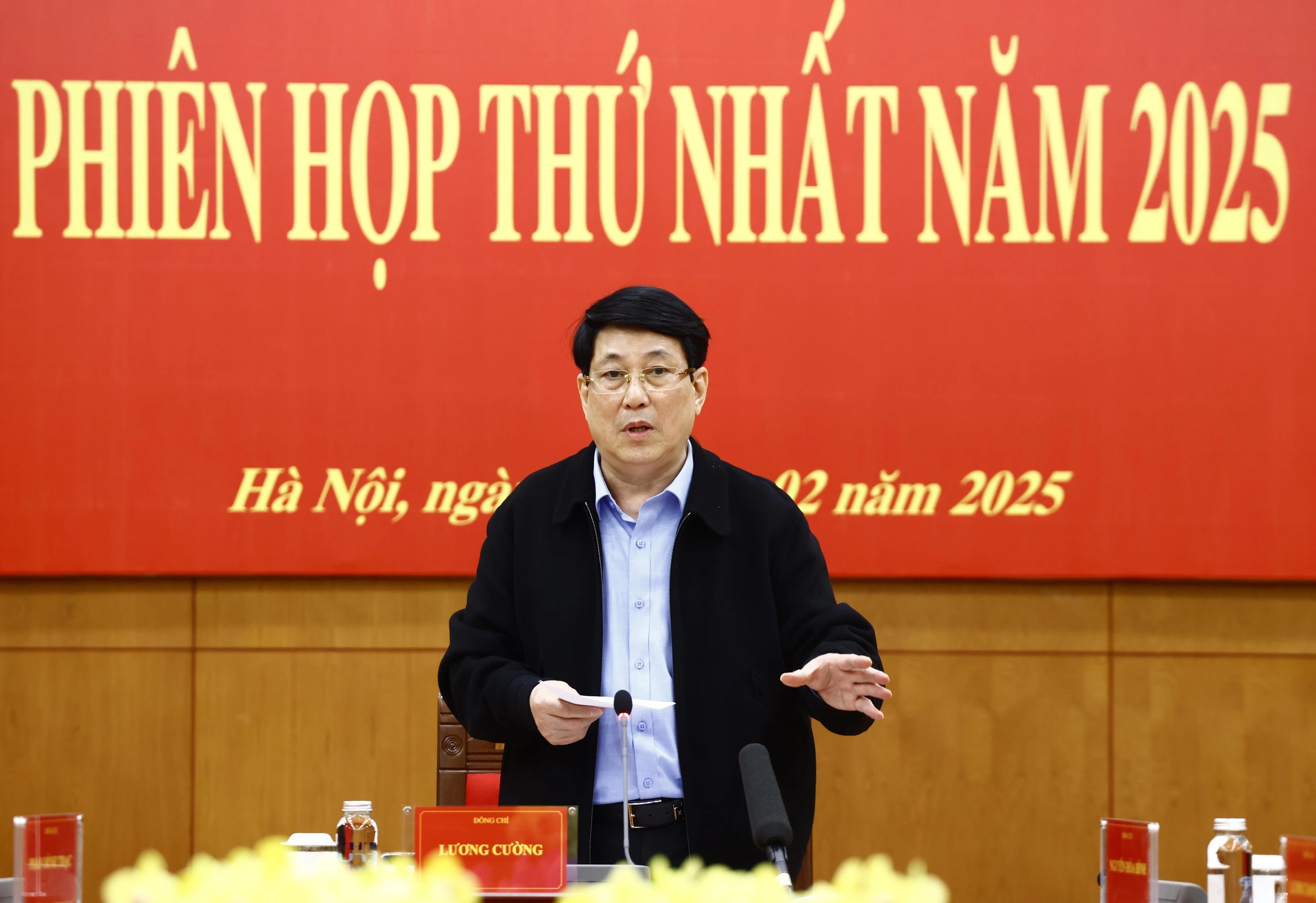








![[Photo] Prime Minister Pham Minh Chinh chairs Government Conference with localities on economic growth](https://vstatic.vietnam.vn/vietnam/resource/IMAGE/2025/2/21/f34583484f2643a2a2b72168a0d64baa)


























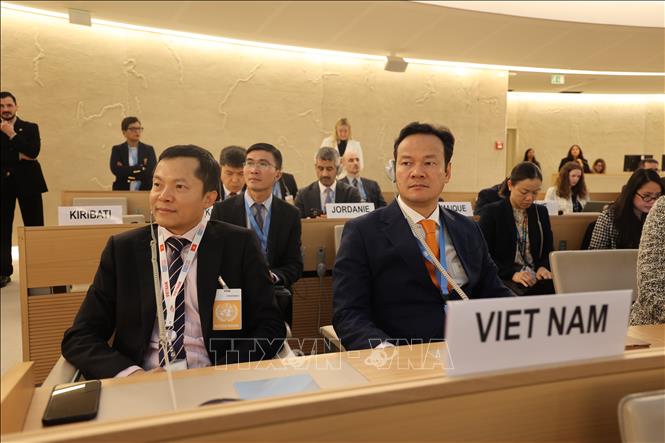

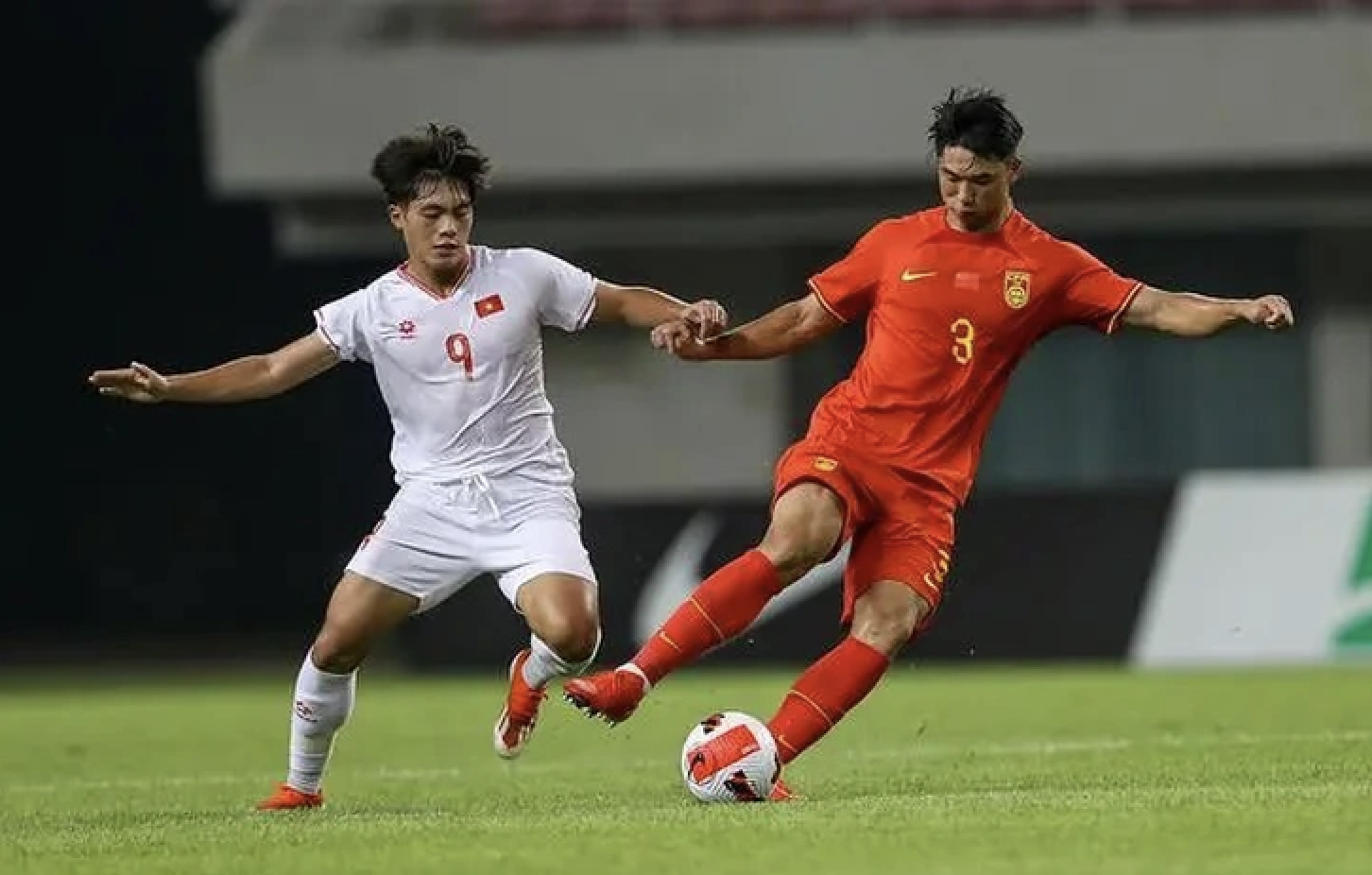

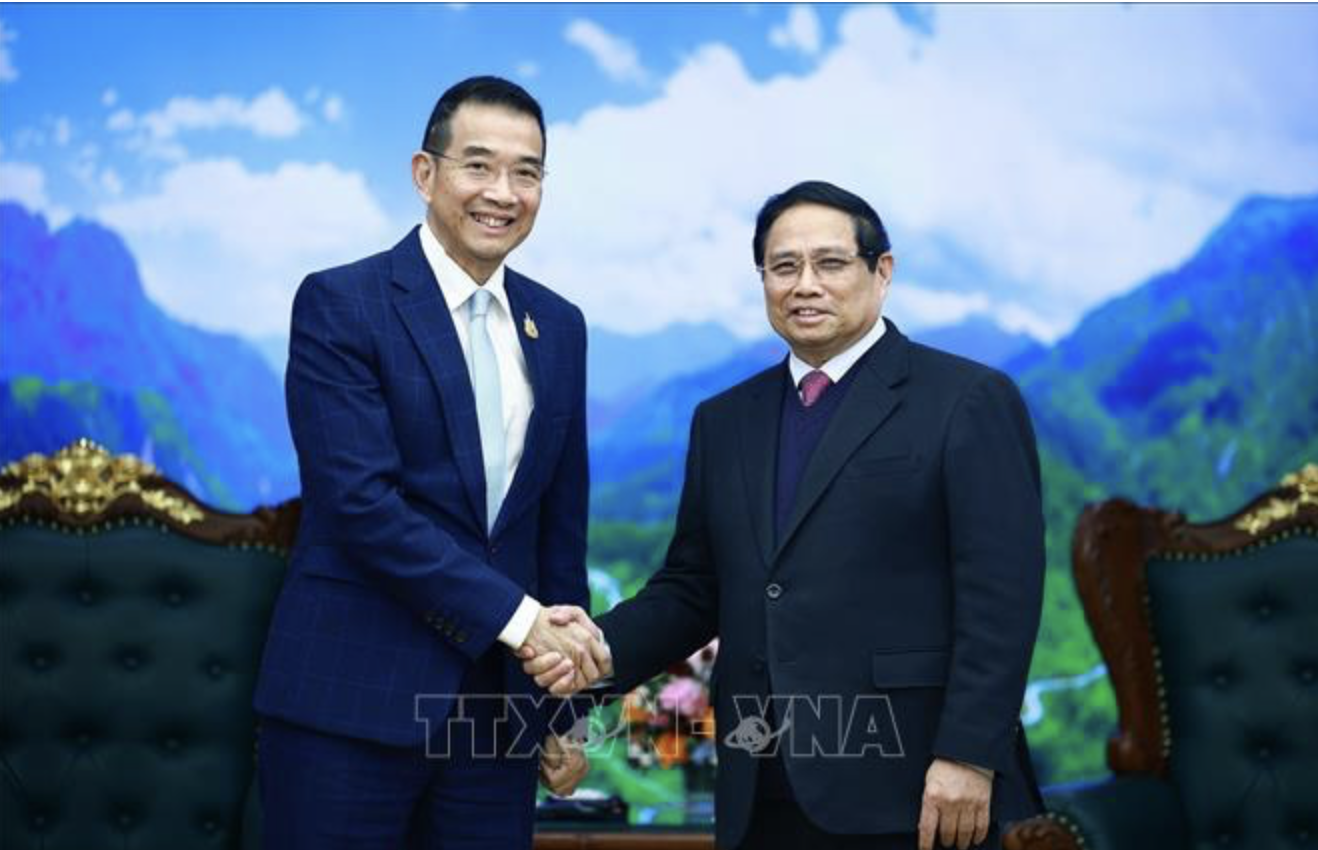
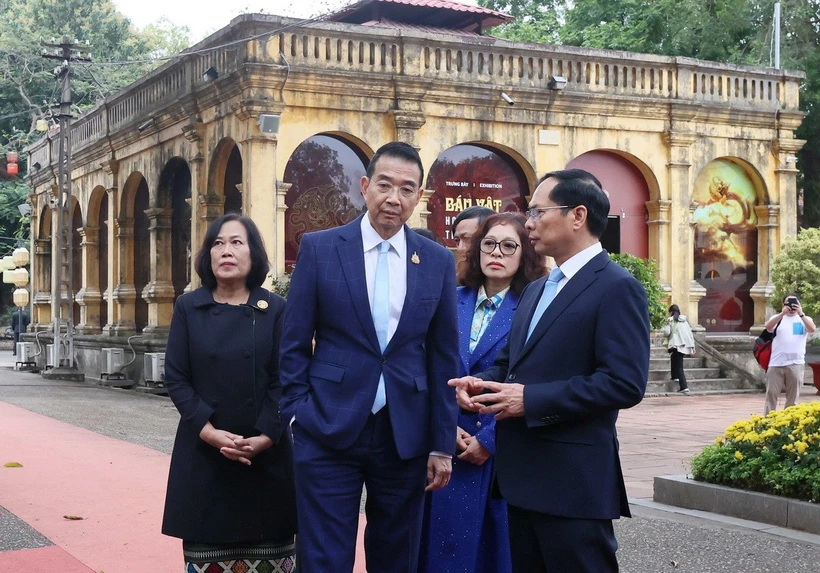

























Comment (0)